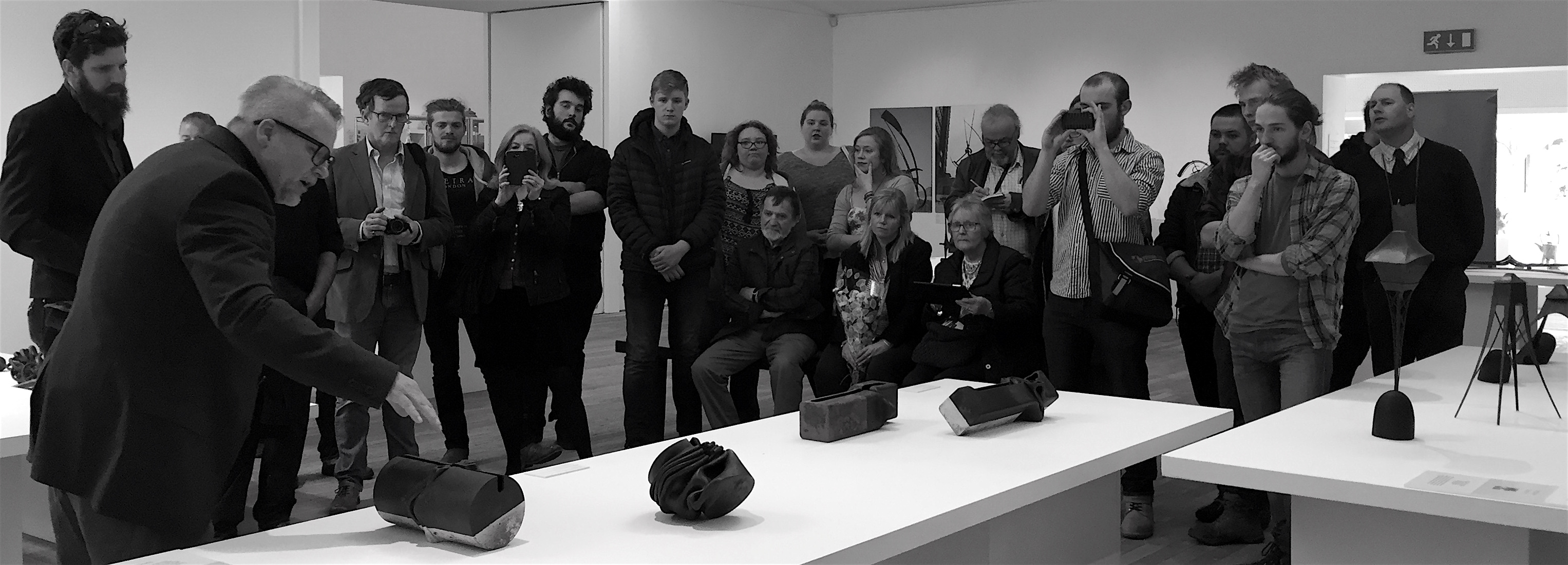Exhibition "FORGE" Review
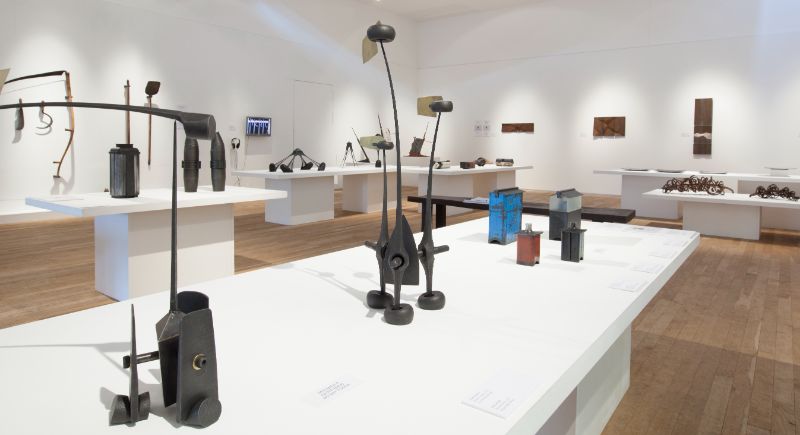
The curator’s overview Multiple Perspectives: forged metal claims its place in contemporary culture Delyth Done
In recent years, the practice of artist blacksmiths has transformed. Contemporary artist blacksmiths are creating original and cohesive bodies of work, works which engage not only with the practices and forms of traditional blacksmithing, with its focus on material, process and function; but also with many broader cultural, environmental and socio-political conversations. These works bring a fresh perspective to the discipline and demand new critical consideration, giving focus to an international community of artist blacksmithing driven by ideas and concept as much as by process and material.
Participating Artists
See more Work in our exhibtion publication to download HERE.
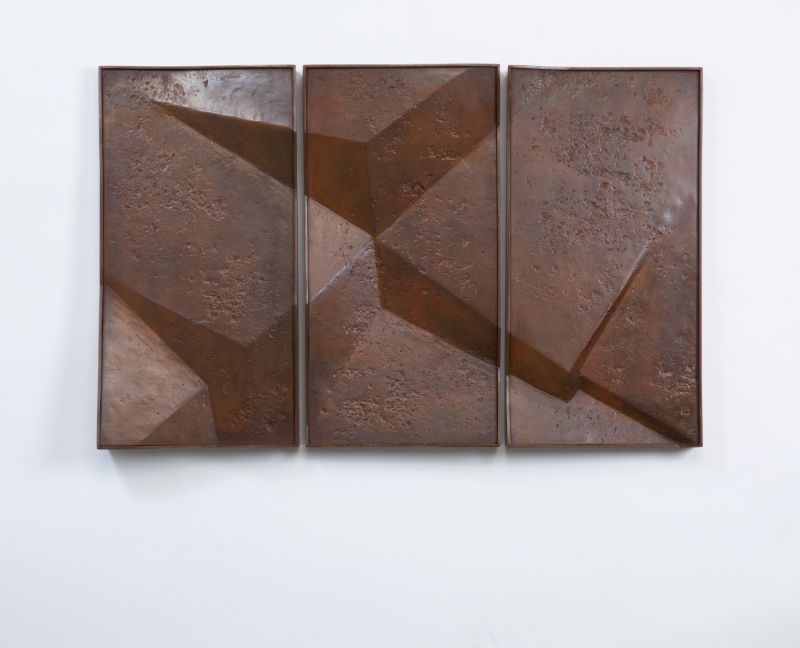
Professor Rick Smith
Sedimentary strata in cliff faces, metamorphic rock formations, the jagged lines cut in the earth in rock quarries, the formidable lines of steel in bridges, and even the silhouette of a city skyline; in all my travels I survey pattern and organic design. Intentionally and inadvertently these shapes and structures are reflected in my work.
This body of work is a continuation of a concept I have been working with since 2010 that deals with transcending two-dimensional space. First by creating a two-dimensional drawing using crosshatching and marks to add depth and visual interest and then reinterpreting those marks, dimensions, and texture in steel, in a 3-D format.
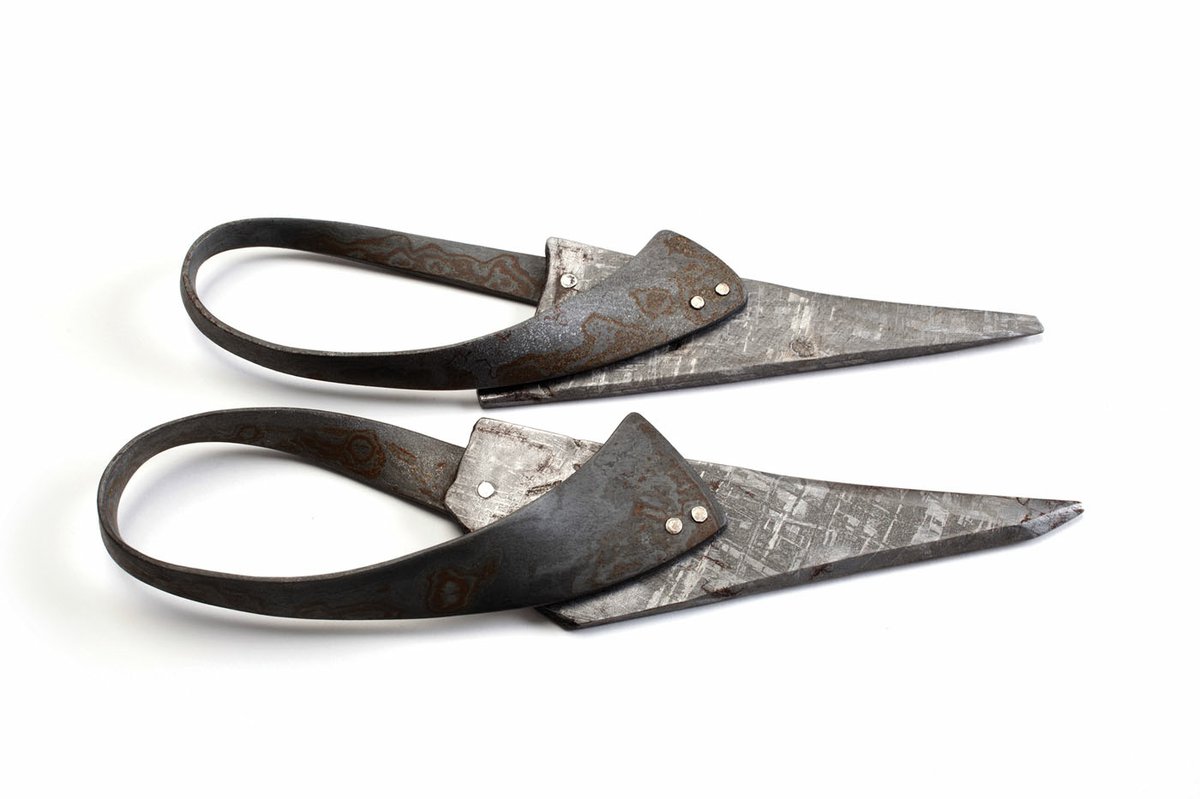
Takayoshi Komine
This pattern reflects a crystal structure within meteorites that is naturally made as the rock is cooled very slowly in the weightlessness of space.
It is said that repeating this process artificially is impossible.
It is impossible to plan perfectly from the start – it would be stifling and risk the work appearing artificial. Instead, I work intuitively, using my knowledge, technology and senses to reflect in the forge something usually formed through natural power. This invocation of natural laws adds an extra dimension to my work.
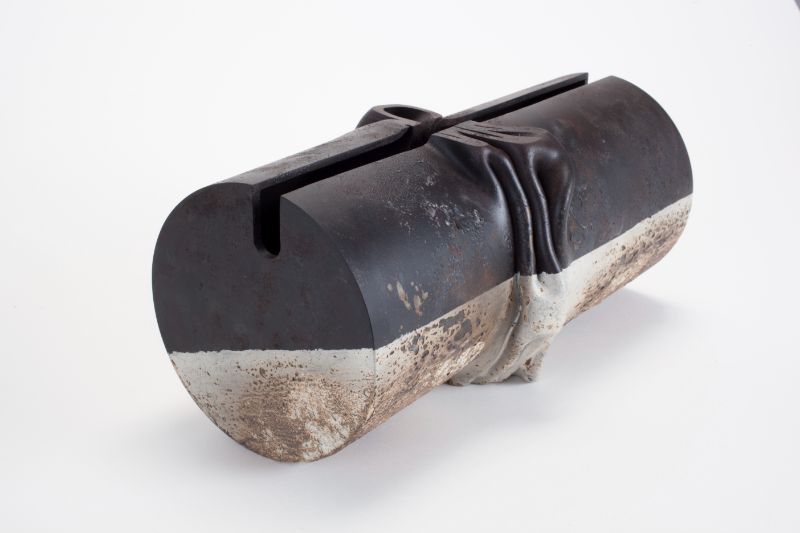
Professor Heiner Zimmermann
A big drive in my work is to reveal visual moments in the process of working with metal that are usually exclusive to the maker. Part of my process is an investigation of my material beyond destruction, to a point where I can reward myself by creating a new aesthetic.
While I understand craft as the contained knowledge of generation, this brings with it a responsibility to develop and share. I experience material knowledge as a result of time and curiosity.
Both material and craft are inseparable and dependent on each other in my approach.
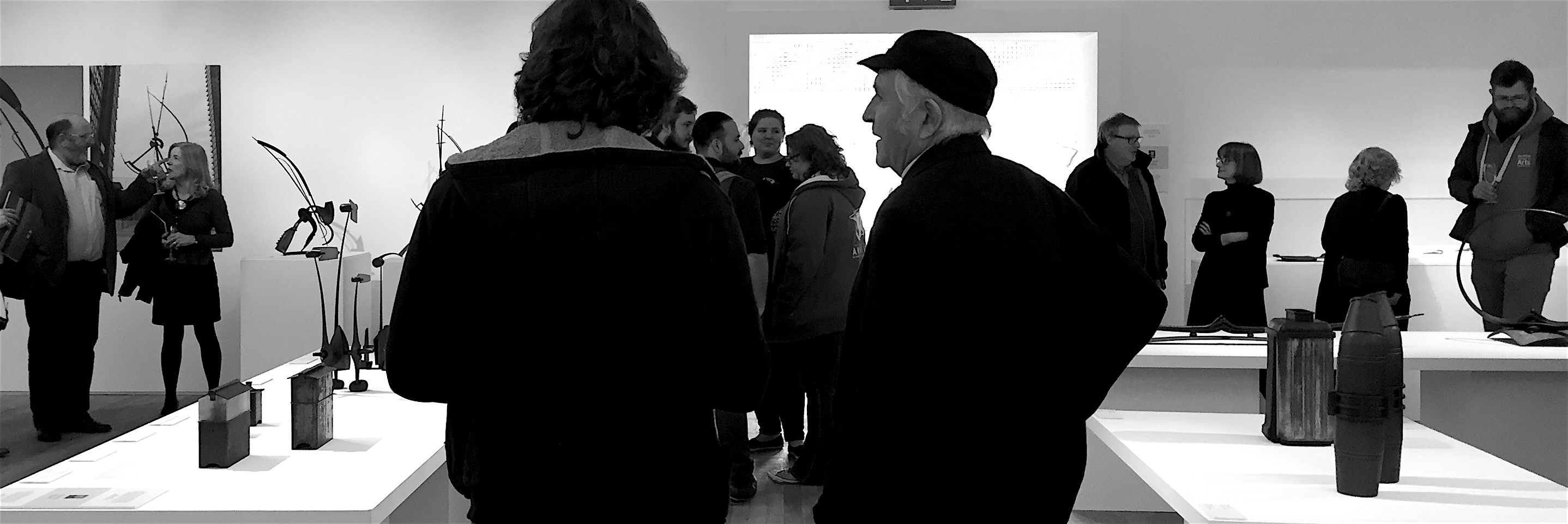
Exhibition Review by Roger William Connah
Exhibition Review by Alexander Kamelhair
